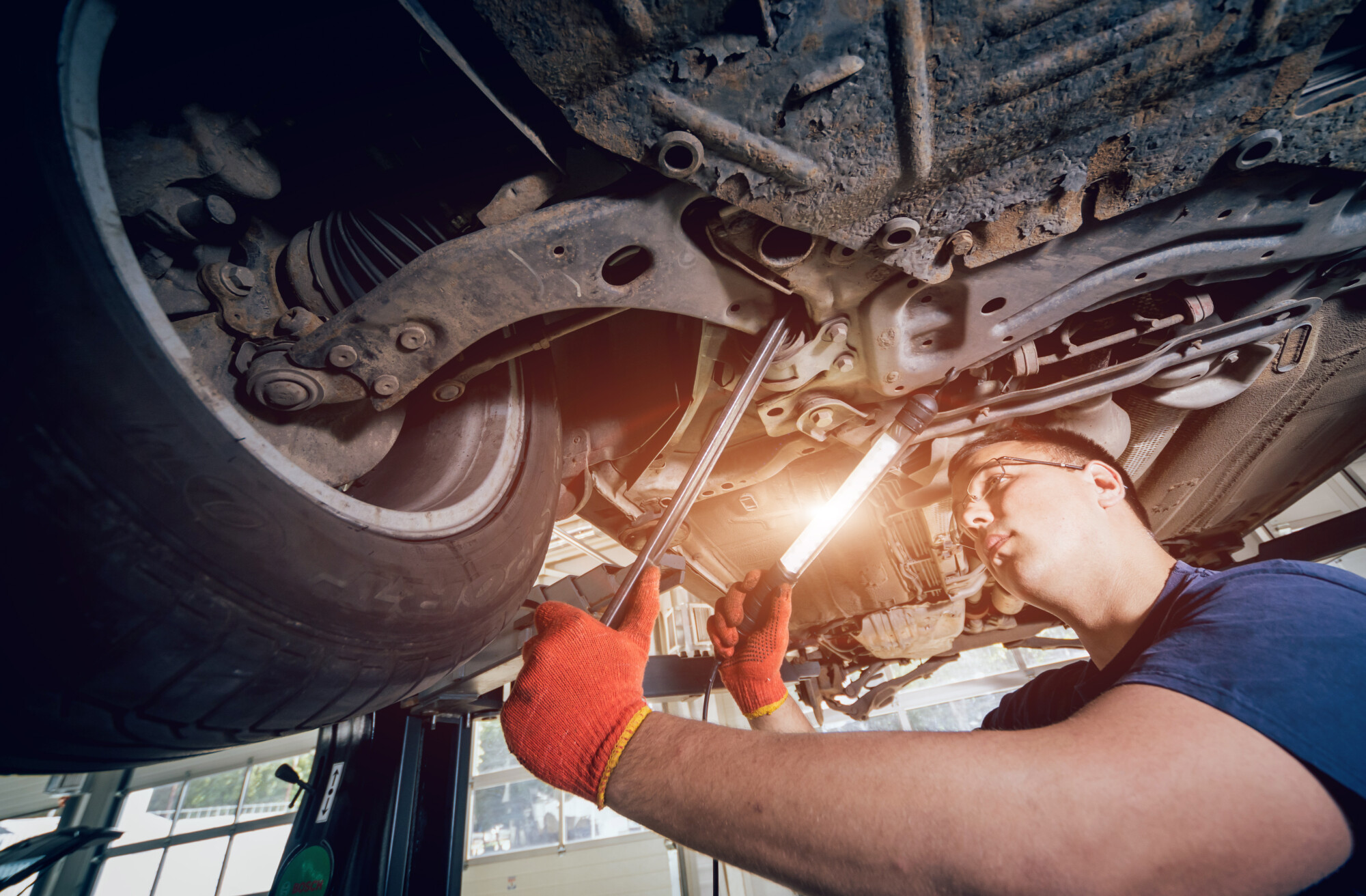A car that drives appropriately is essential for peace of mind and confidence. If you’ve noticed your vehicle suspension is malfunctioning, you likely have many questions about the issue, what the problem could be, and most importantly, how to fix it.
In this article, we’ll outline some insight into possible common car suspension problems you may experience and how to fix them. Keep reading to learn more!
1. Poor Wheel Alignment
Poor wheel alignment is one of the most common car suspension issues. Poorly aligned wheels can cause excessive wear, shorter overall tire life, strange handling, and reduced fuel economy.
To fix this problem, bring your car to a reputable garage for alignment. With the vehicle on an alignment rack, technicians will measure the angles of the tires and then adjust them accordingly for maximum performance.
2. Bad Shocks or Struts
Bad shocks or struts can cause many suspension problems. It includes excessive bouncing, handling stability issues, braking instability, and decreased vehicle performance. In some cases, it can even cause parts of the car to become damaged.
To fix it, they must be replaced with new, high-quality units designed to meet the vehicle’s specifications. In addition, if a car’s shocks or struts are worn, inspect and replace several other suspension components.
3. Damaged Springs
The primary symptom of damaged springs is a bouncy and uncomfortable ride. If a car is not driven for an extended period, the springs can rust and break. Other indicators include noises when driving, particularly over bumps.
Inspect the suspension system and replace the broken springs to fix the issue. The replaced springs should be greased or painted to conserve them. All mounting points should be checked and tightened.
4. Failing Ball Joints
A common car suspension problem is failing ball joints. Ball joints attach the steering knuckles to the control arms and allow up-and-down wheel movement. When ball joints wear out, they can separate from the steering knuckle, compromising steering and suspension control, resulting in steering wheel vibration and a bumpy ride.
The fix is to replace the worn ball joints. It requires removing the wheel, pressing out the ball joint, and the new one pressed in.
Professional installation is strongly recommended, as an alignment is required afterward to ensure the suspension works correctly. Improper installation can lead to catastrophic wheel failure. For this car maintenance, you can opt for https://tampatiresandwheels.com.
5. Bad Control Arms
Bad control arms are another problem, and the damage associated with this issue can call for expensive repairs. Control arms connect the suspension, frame, and wheel of a car, allowing for smooth and consistent movement of the wheel as it passes over bumps and dips.
When a control arm fails, the wheel can move in a jerky or uncontrolled manner, leading to rapid and unexpected wear on the wheel and tire. To repair this, the entire arm must be replaced. It can involve removing the wheel, jacking the car, and unbolting the control arm from its mountings.
Watch Out for These Common Car Suspension Problems
It is essential to pay attention to any changes in how your car handles when driving. If you suspect car suspension problems, immediately seek a certified auto technician. Keeping your car’s suspension running smoothly is essential for a safe and comfortable driving experience for you and your passengers.
If you enjoyed this article and would like to read more like it, check out the rest of our blog now!

